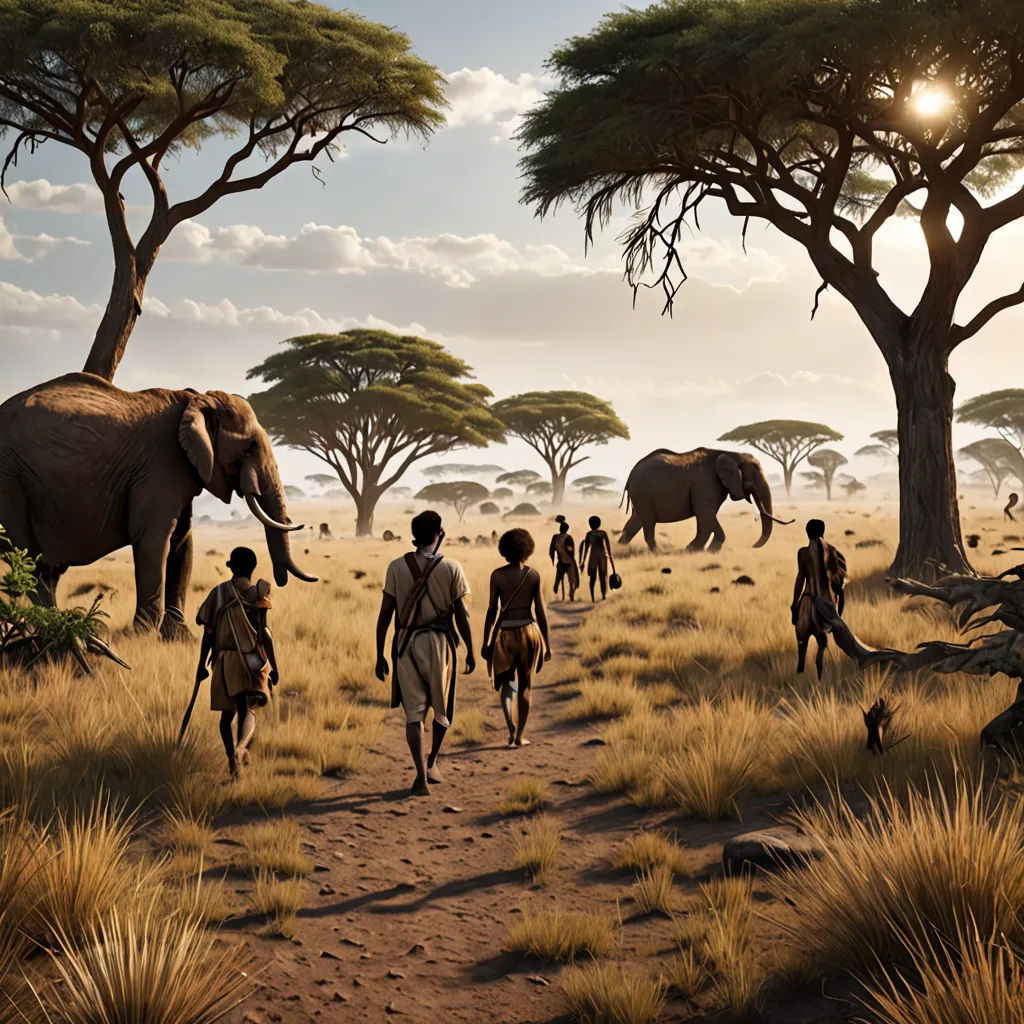
The Evolution of Humanity
By Ngan Dang

12 Apr, 2024

In the heart of Africa, the hominids roamed free, living off the land. They were small, ape-like beings, but their upright posture set them apart.
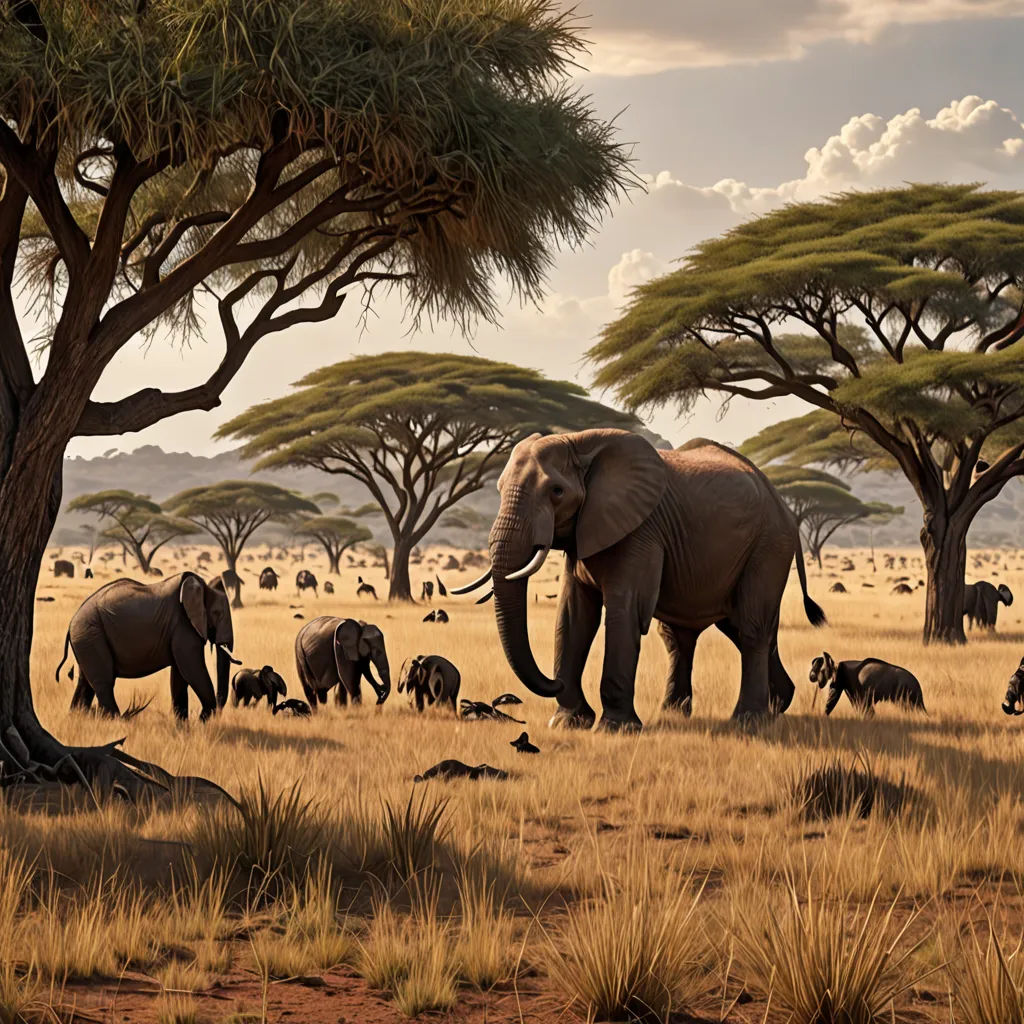
As time passed, their brains evolved, becoming larger and more complex. This led to the development of tools, a significant milestone in their evolution.
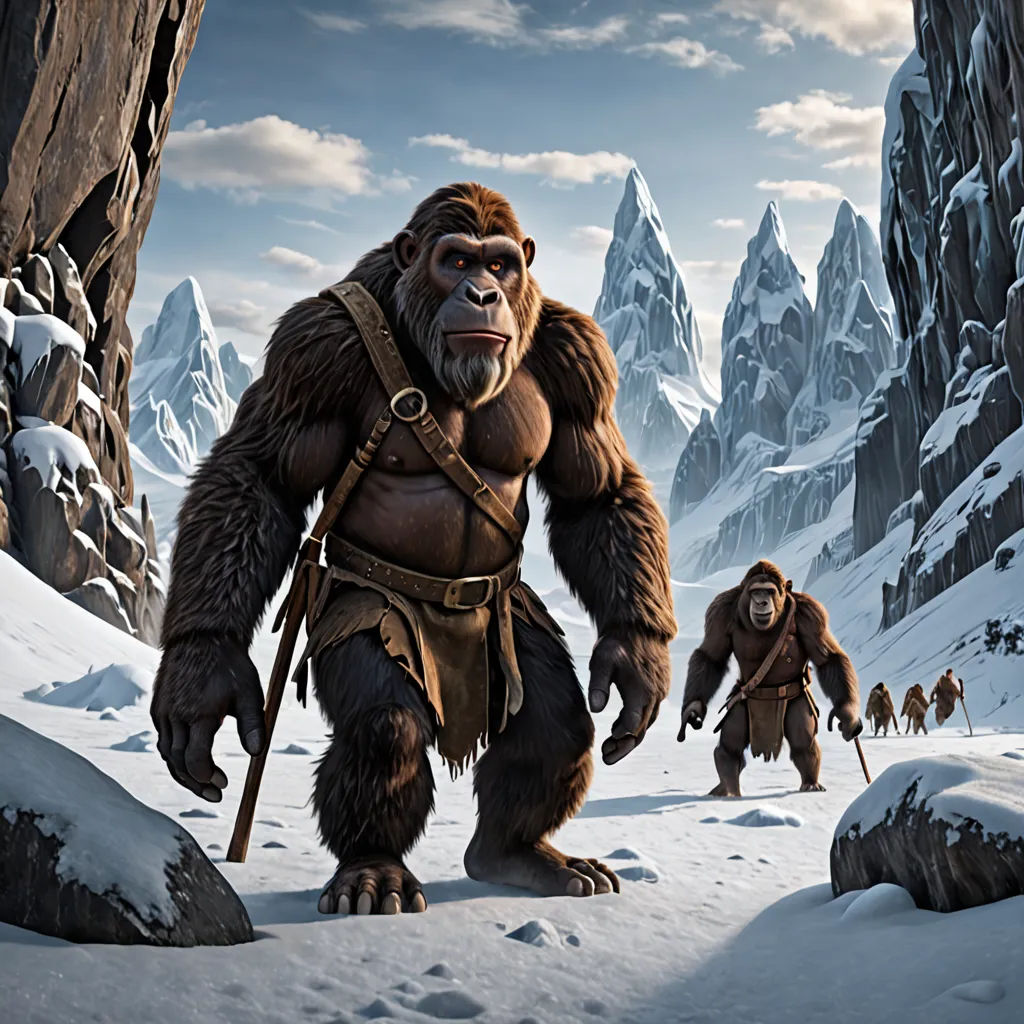
Surviving the harsh Ice Age, Homo habilis emerged. They were taller, less hairy, and had expressive faces. Their ability to use tools helped them thrive.
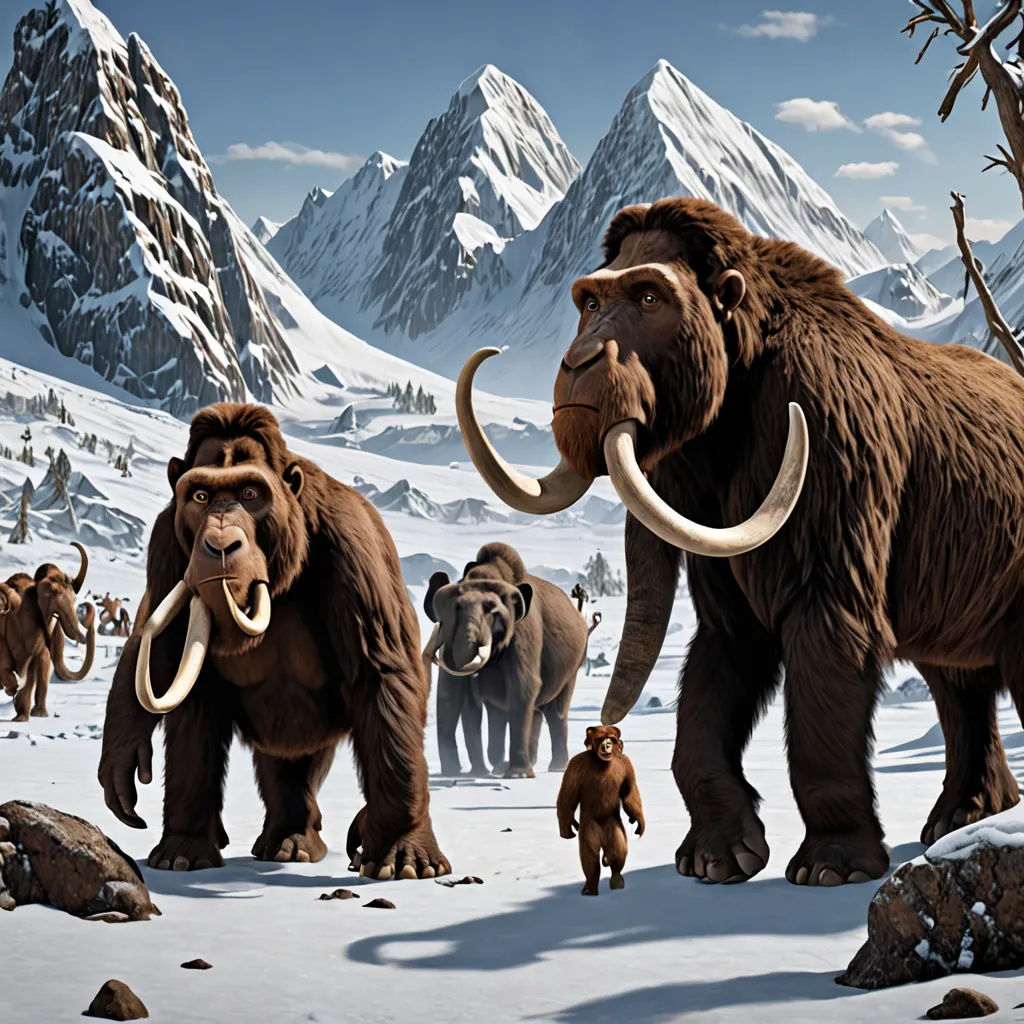
They hunted and gathered, making them more resilient and adaptable. Their social structures became more complex, paving the way for future human societies.

The Homo erectus migrated to Eurasia, adapting to new environments. They were skillful hunters and creators, leaving behind beautiful cave art.

Fire became their trusted ally, providing warmth and protection. Cooking food led to more energy, aiding further brain development.
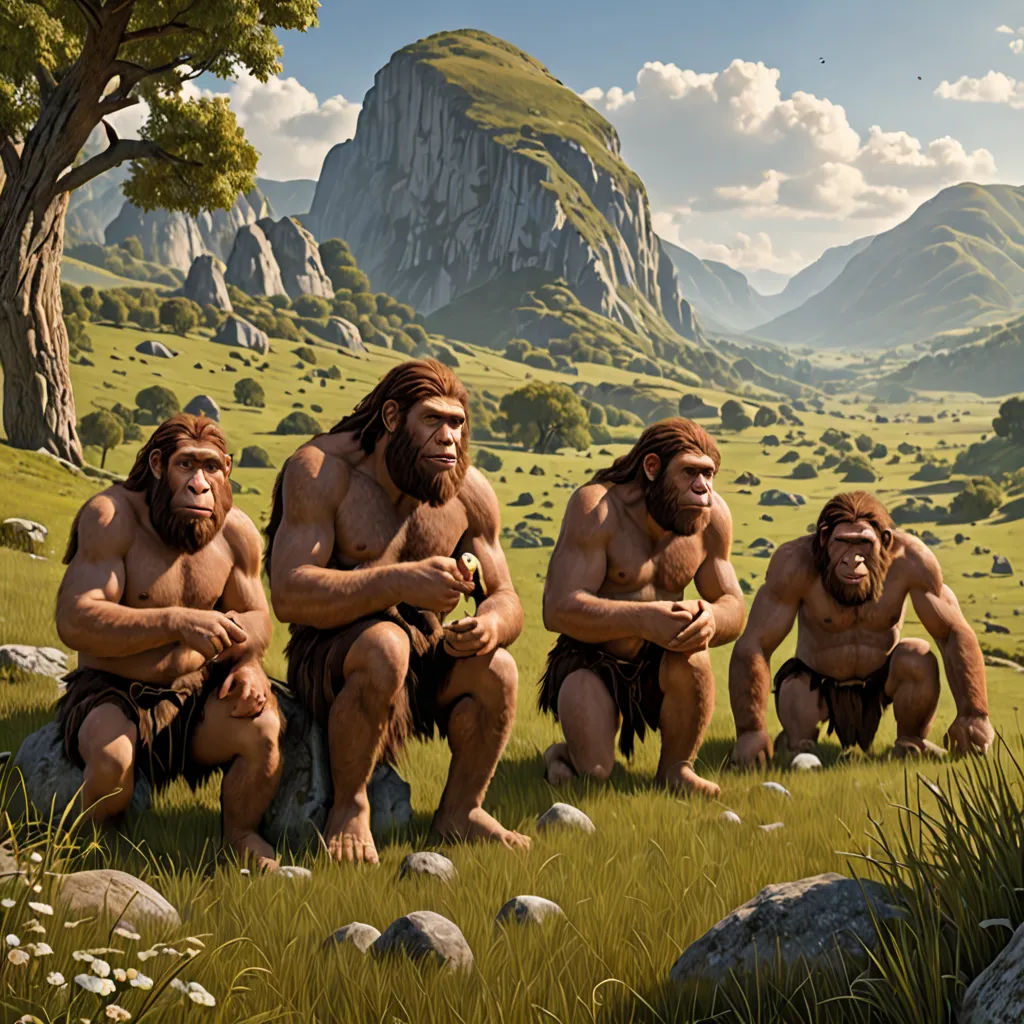
In the Neander Valley, the Neanderthals thrived. They were robust and intelligent, with a talent for crafting tools. Their expressive eyes hinted at deep thoughts.
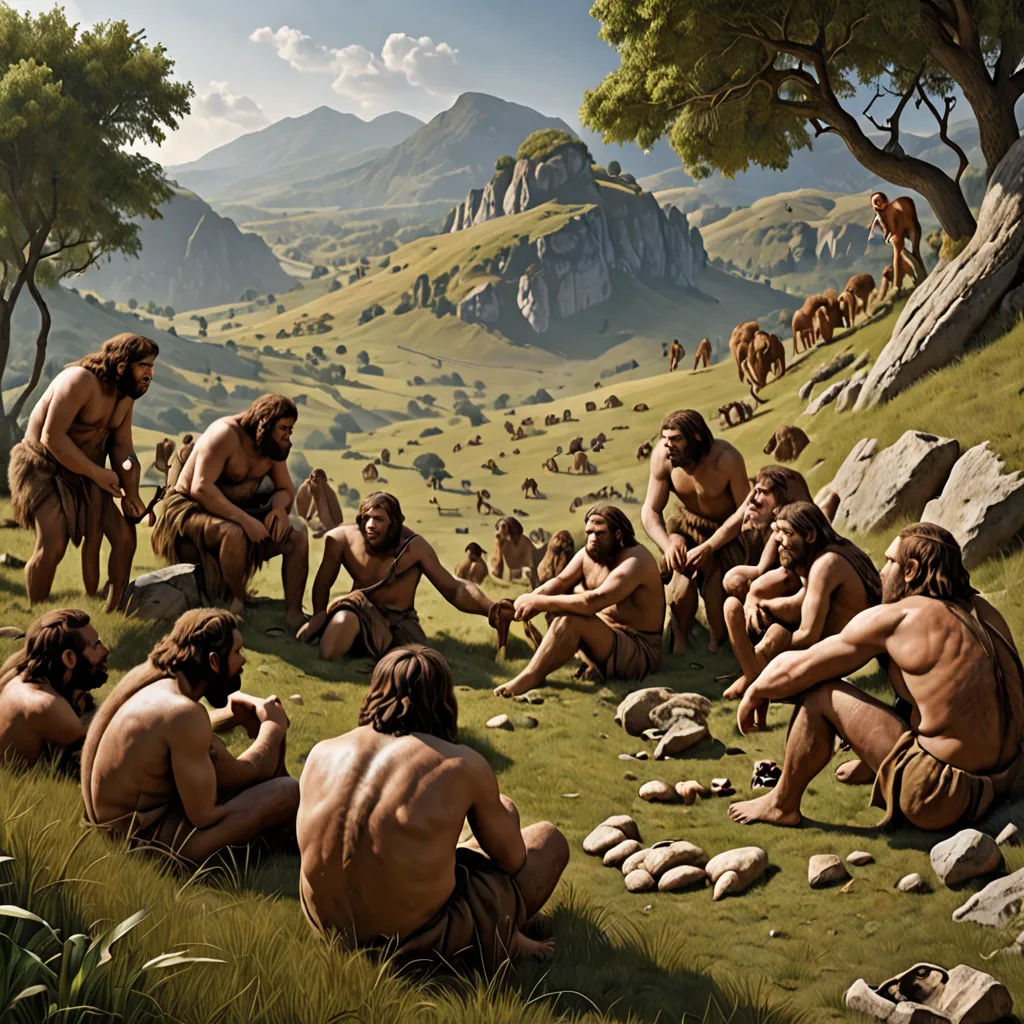
They buried their dead, hinting at the existence of rituals and beliefs. However, they eventually disappeared, leaving only traces of their existence.
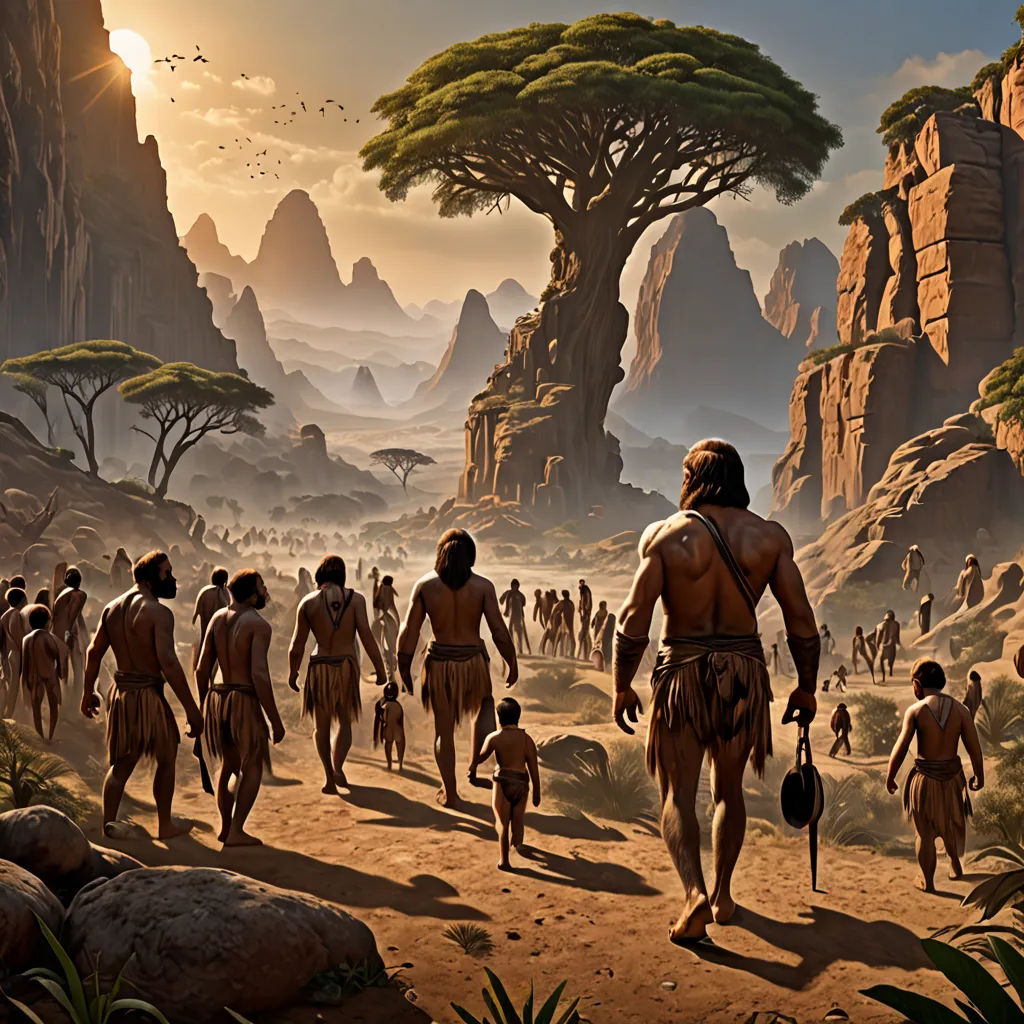
Finally, Homo sapiens emerged, their intelligence and creativity setting them apart. They were the first to truly harness the power of language.

They domesticated animals and plants, leading to permanent settlements. This was the dawn of civilization, forever changing the course of human history.

From then on, human societies evolved, giving birth to cultures, religions, and nations. The Homo sapiens had truly become the masters of their world.
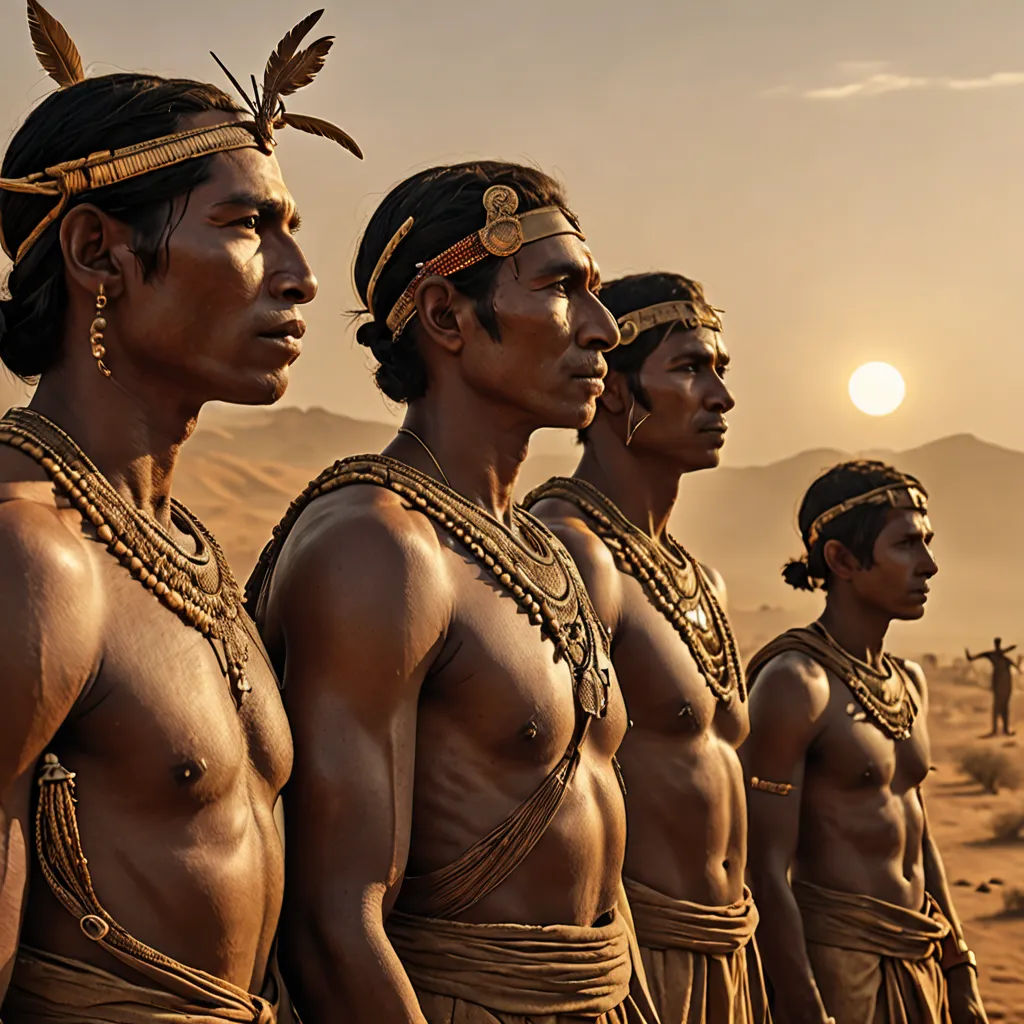
Despite the challenges and obstacles, the human species persevered, demonstrating resilience and adaptability. This is the story of human evolution, a journey that continues even today.